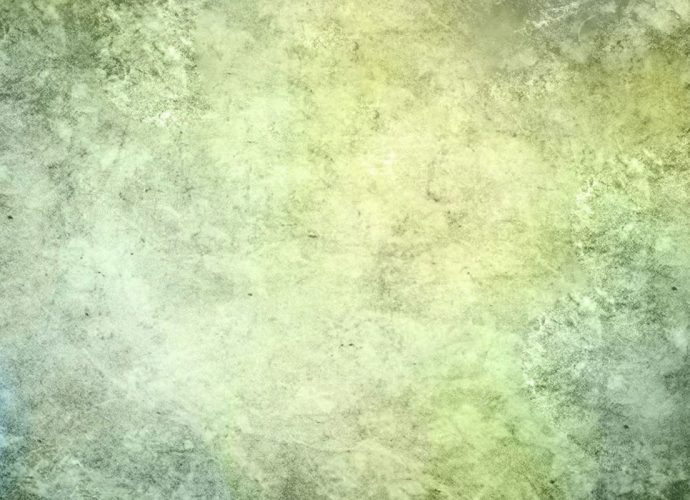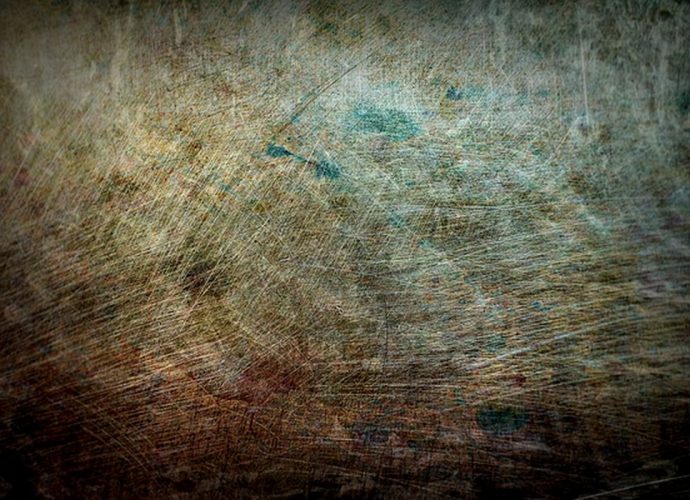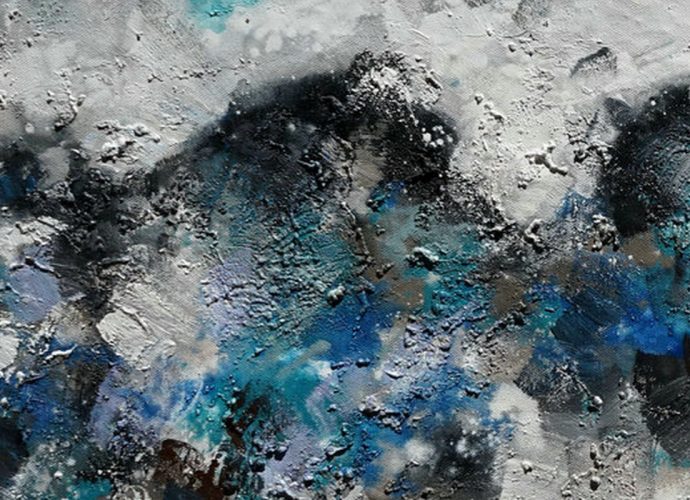What Is The Purpose Of Reverse Bias Diode?
A reverse bias reinforces the potential barrier and impedes the flow of charge carriers. In contrast, a forward bias weakens the potential barrier, thus allowing current to flow more easily across the junction. … Forward bias decreases a diode’s resistance, and reverse bias increases a diode’s resistance. What is diodeRead More →





